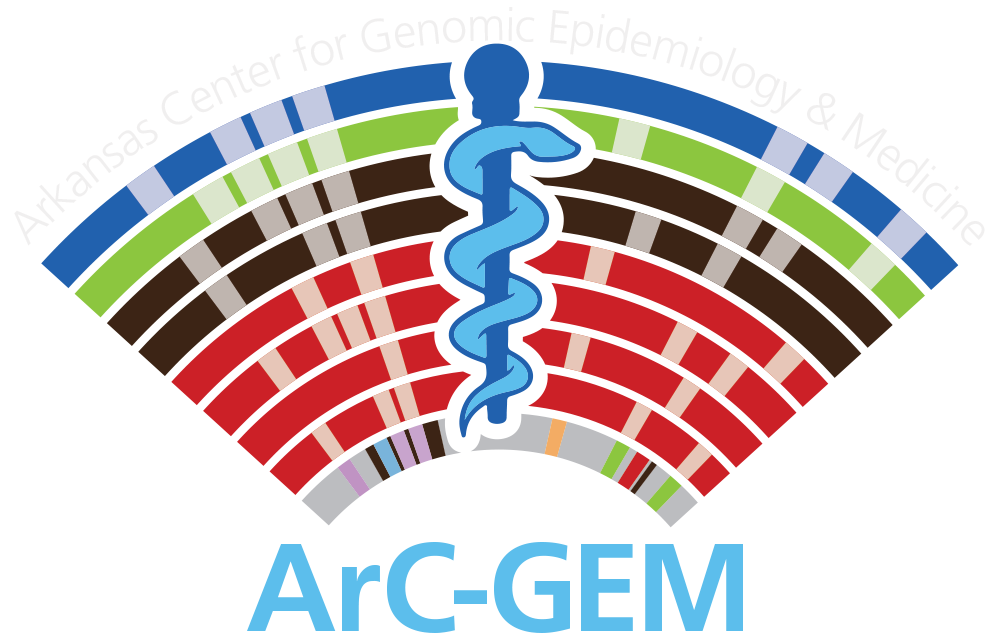Skylar A. Connor, Intawat Nookaew, David W. Ussery, Se-Ran Jun
The Zika virus is a growing problem, that recently entered the United States. Zika is a human-pathogenic flavivirus that can be transmitted to humans through multiple avenues. Most often the virus is transmitted from an infected mosquito to a human through a bite. The virus can then be spread from an infected human to its sexual partners, as well as from an infected pregnant mother to her fetus.
We are developing a method to use third generation sequencing machines to rapidly detect Zika from clinical isolates. We will be using clinical isolates from people who have tested positive for Zika within the state of Arkansas; provided by the Arkansas Department of Health. We will also collect clinical samples from people who do not have the Zika virus, to be used as a control group. Using new Nanopore third generation sequencing technology we will be able to sequence the full length Zika Genome within one read of one sample.
The Oxford Nonopore MinIon Sequencer is a new form of sequencing technology that has the ability to produce long sequences within the first fifteen minutes of the run, and can generate more than 5 million reads at time. Our preliminary results show that we generate sequences with an average of fifteen thousand base pairs within the first fifteen minutes. Since the Zika genome is ten thousand bases long, a single read can contain the full length viral genome.
Department of Biomedical Informatics, University of Arkansas for Medical Sciences, Little Rock, AR



Recent Comments